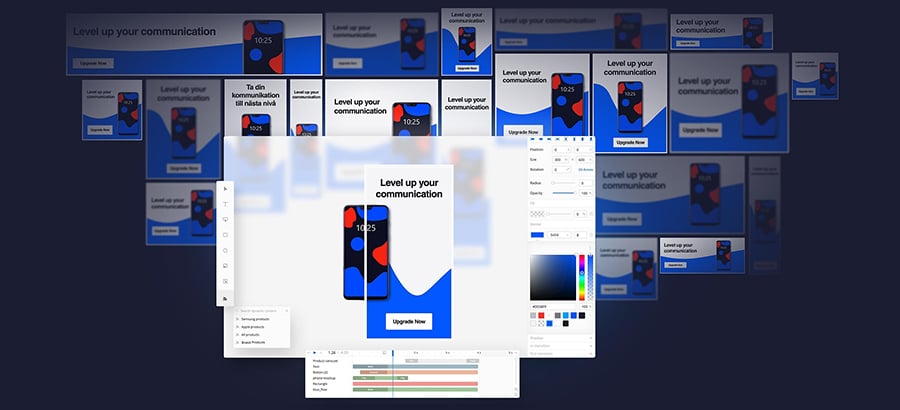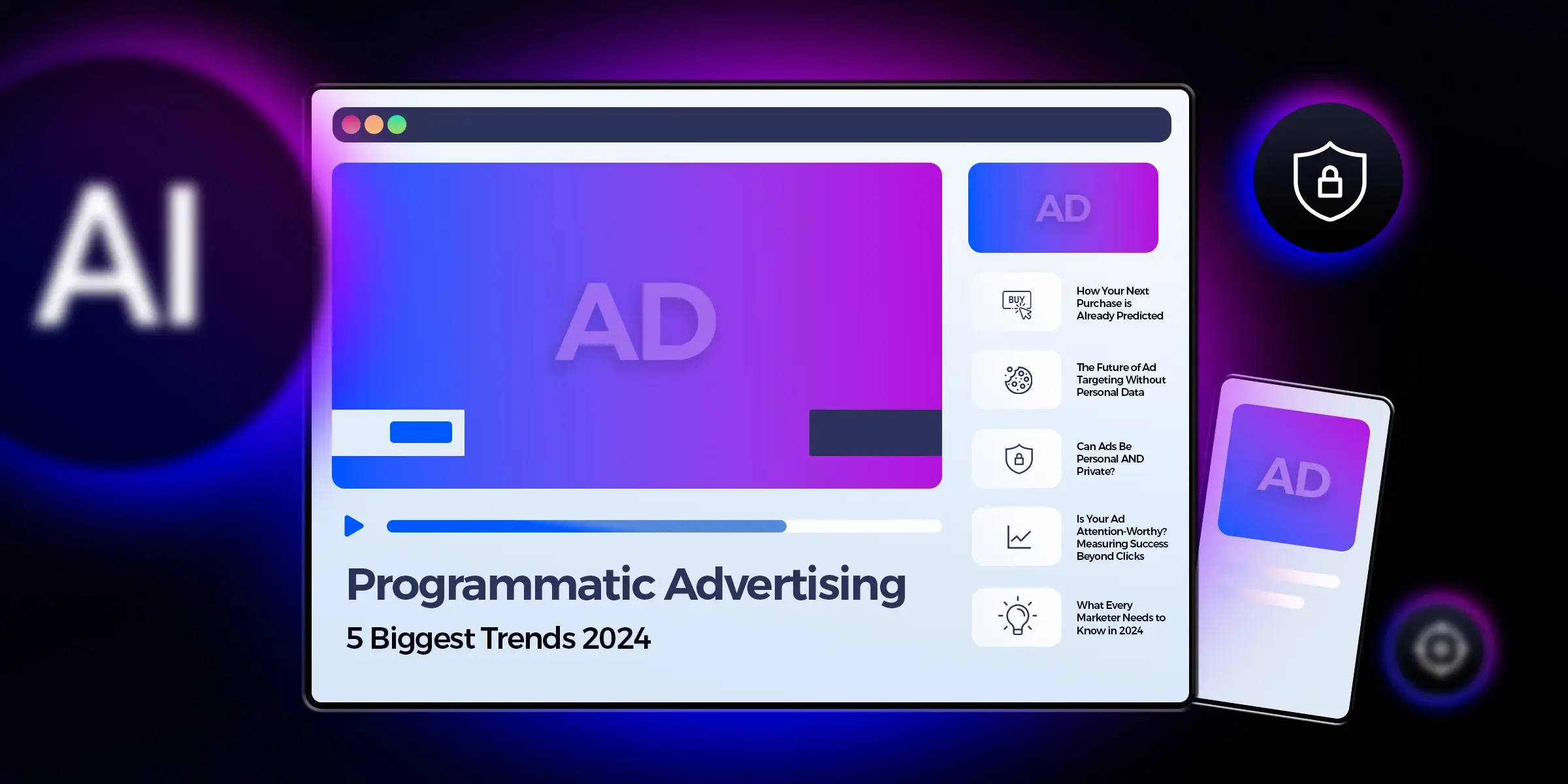
The Revolution of Programmatic: Digital Out Of Home Advertising (DOOH)
Digital Out of Home Advertising (DOOH) has boomed since the start of 2020 and is recognised as one of the fastest-growing advertising formats.
In 2019, DOOH accounted for 28.3% of all Out of Home ads, a figure that is set to rise to 38% by 2023. As DOOH’s success has rocketed, so too has programmatic advertising.
In 2021, according to Statista, global programmatic advertising spend reached $418 billion as advertisers looked to leverage the dynamic and efficient digital advertising format. And by 2025, annual spend is expected to reach $271 billion.
Put the two together, and DOOH and Programmatic provide advertisers and publishers with the best of both worlds:
- The ability to reach target audiences at prime locations for advertisers
- The opportunity to maximise usage of inventory for publishers
Programmatic advertising is now considered an essential advertising tool, but it is still undergoing a digital transformation. The format exists across various digital channels, from video to mobile and display to social. It is also beginning to leverage traditionally offline channels, for example, advertising on public transport and billboards.
What was once the reserve of major agencies working with large brands (with even larger budgets) is now a domain for all to leverage. In providing smaller businesses with access to this technology, programmatic DOOH allows them to generate impressive ROI and compete with the giants in their sector.
For brands who are assessing their digital marketing strategies for 2023 and beyond, programmatic DOOH should be a key consideration.
Read on to learn more about the format, its key benefits, and why brands should leverage it within their strategies.
What is programmatic DOOH advertising, and how does it work?
Programmatic digital out-of-home advertising is the automated buying and selling of out-of-home advertising. It is considered a much more efficient and cost-effective way of buying and selling advert space between the advertiser and the publisher. Buyers will set the terms in which they want to buy media, and when those terms are met, ads are purchased automatically.
Besides the process of buying inventory, programmatic DOOH doesn’t differ hugely from either traditional OOH (out-of-home) or DOOH.
What sets programmatic DOOH apart is its ability to leverage machine learning and data. It also helps deliver a more targeted, tailored, and measured campaign that reaches large audiences with strong ROI.
Programmatic DOOH uses a demand-side platform (DSP) to automatically buy, sell and deliver inventory in real-time. Unlike traditional OOH or other forms of advertising, it removes the manual element of the buying and selling process and replaces it with machine-learning automation.
And with that comes the ability to very precisely refine your campaigns. For example, using programmatic DOOH, you can:
- Control what time of day your advert is activated
- Use variables such as the weather or real-time events to trigger which adverts to display
- Use multiple formats with shifting levels of audience interaction
Ultimately, the use of programmatic DOOH lets the buyer purchase ad space at a much more efficient cost and a higher audience reach.
What are the benefits of DOOH advertising?
Programmatic DOOH ads, much like DOOH ads, can be very creative and contextual.
Ads can take the form of short video reels or even invite interaction from members of the public. Adverts could react to real-time events, such as the latest football score or the weather.
In turn, the ads can collect vast amounts of data that help the advertiser optimise their campaign even further. For example, the footfall of the advert space between certain hours of the day, sentiment towards the advert, or lead insights. All of these combine to present the advertiser with information that can lead to better view rates, increased brand recognition, and even more conversions.
One of the most well-known examples of programmatic DOOH is British Airways’ Magic of Flying campaign in London. Equipped with technology including an ADSB antenna, the billboard could detect a British Airways plane flying overhead. By synchronising itself to the flight path, it could then identify the flight number and display the destination. The campaign captured the public imagination and generated significant ROI for BA.
Share this article







